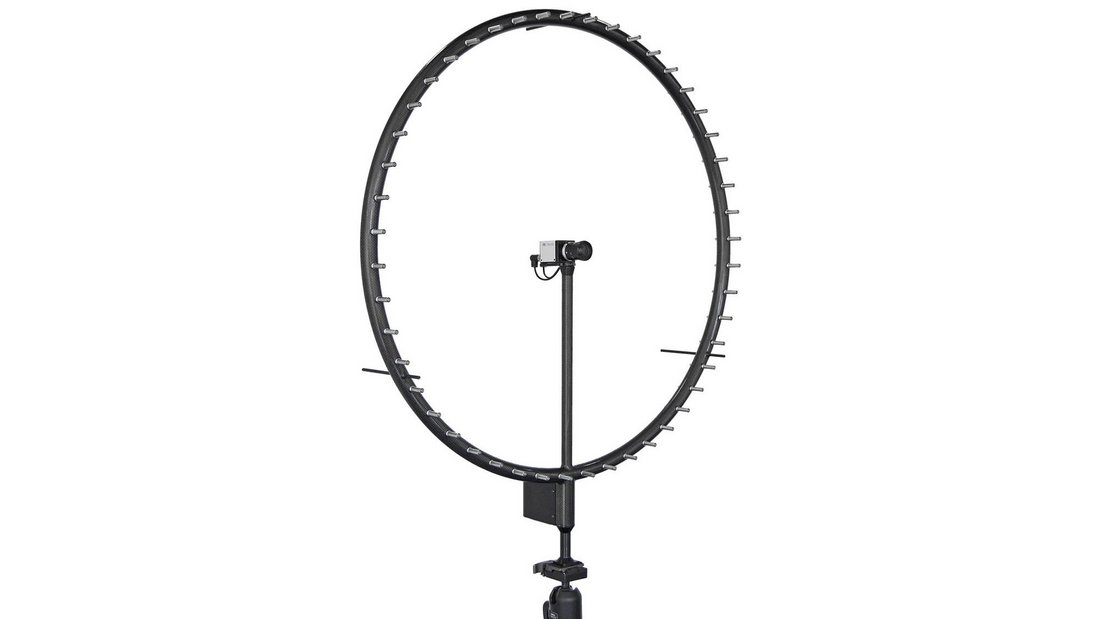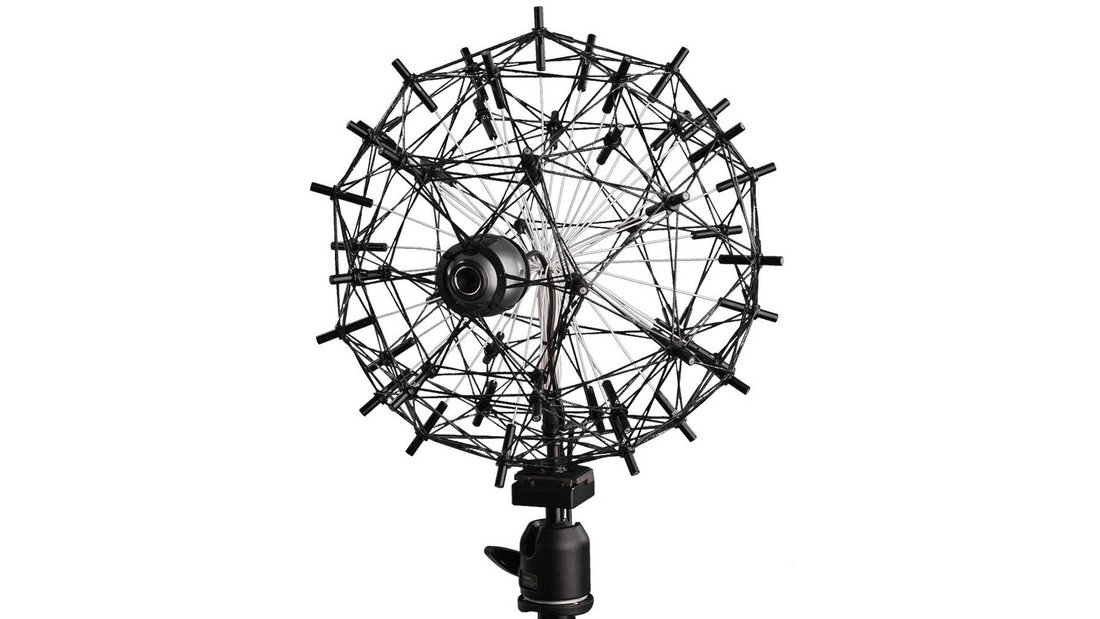Anyone that has looked under the hood of a running automobile knows that many components are making noise. Being able to locate individual sources under the hood would be extremely difficult with your naked ear. The Acoustic Camera is used by many OEM’s and suppliers in completing this task quickly and easily. Understanding how a new design contributes to the overall noise of an engine is very important in achieving a desired sound.
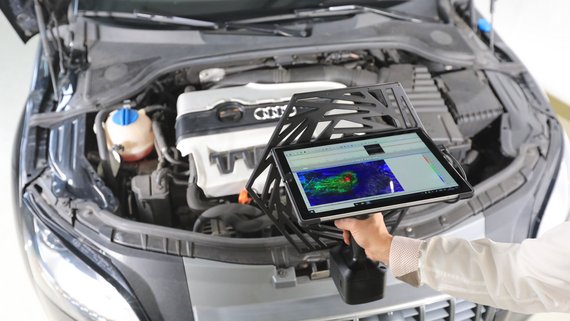
Order analysis
In the domain of the internal combustion engine, acoustics and vibration do not only gravitate toward problematic frequencies, but also engine orders. The Acoustic Camera can, by reading a simple encoder signal, normalize analysis to RPM so that acoustic calculations are done in the Order domain. You can view and compare the different acoustic profiles associated with each order regardless of the exact RPM of the engine.
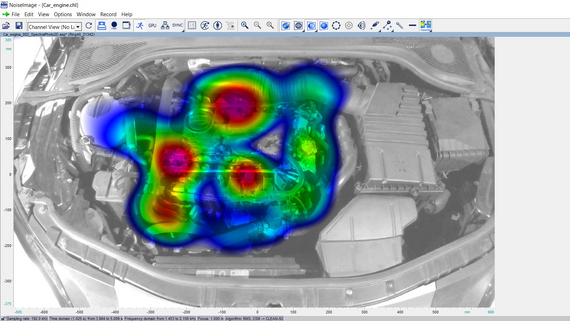
CAN bus
The automobile is a complex machine, with more and more aspects of performance being routed through a central processor. The Acoustic Camera features an interface which can tap into the vehicle’s CAN bus to read communications as the vehicle is running. See how the acoustics change as a result of parameters such as engine temperature, driving speed, battery current, lateral acceleration, or a host of other different potential variables.
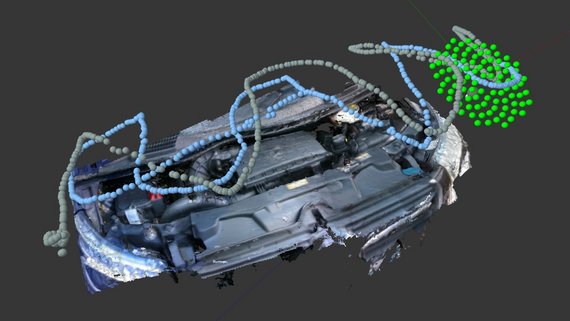
DynaBeam
While a wealth of information can be obtained using a fixed array on a tripod, nothing will give a holistic analysis of what’s under the hood quite like a 3D scan. With DynaBeam, you can perform a 3D analysis of steady-state noises without concern for finding the exact 3D model that matches the engine configuration. Simply scan the surface with your handheld array, and let the software do the rest.

